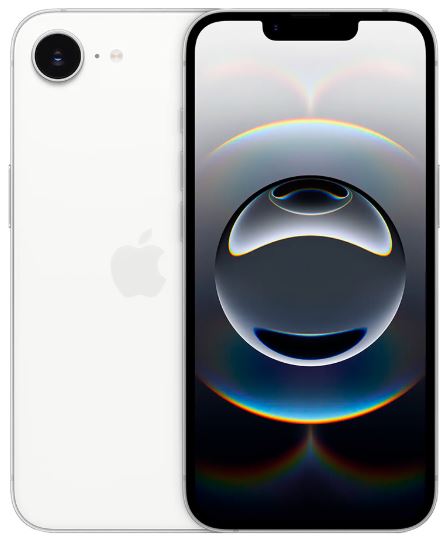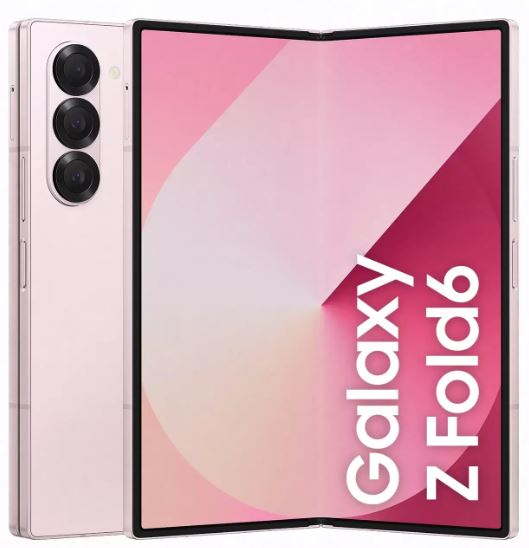The main battle in the smartphone segment is between Samsung and Apple iPhone. Both companies dictate their trends in this category, waging an irreconcilable struggle for the wallet and heart of the client. Both brands have a lot of trump cards in their deck, which force users to choose one side or the other.
Below we will compare the products of the two brands to help you make the right choice between a Samsung smartphone and an Apple iPhone, taking into account individual preferences.
Appearance
Samsung’s design delights directly depend on the price category. In the budget segment, the company offers classic forms, relying on proven solutions that guarantee convenience during use. In flagship models, the Koreans are actively introducing innovative solutions, offering customers a unique and recognizable appearance, which is often copied by other brands. Samsung also has an image line, which includes futuristic models, as well as smartphones made in a non-standard form factor. Thus, you can find a Samsung model for every aesthetic taste on sale.
After several unsuccessful design experiments, Apple came to a unitary design. The concept is based on the basic ideas of Steve Jobs, which continue to evolve with each generation. As a result, fans of the brand do not have any problems with upgrading.
In 2025, information appeared about the imminent release of the iPhone in a clamshell form factor. The new product should become a worthy response to Samsung ZFold and push the Koreans out of the image smartphone category.
Display
Samsung is a manufacturer of screens, and is also engaged in R & D on the development of AMOLED technology. That is why the company offers advanced displays with the best characteristics in its flagships, which is not available to competitors.
Apple often installs Samsung screens in its own assemblies. And this is another recognition of the leading position of the Koreans in this regard.
According to insiders, this situation will continue in the case of the iPhone 17, whose release is only being discussed by the press and on insider resources.
Processor
The Koreans install their own Exynos platforms in smartphones, as well as chips manufactured by Qualcomm Snapdragon. The choice in favor of one or another assembly depends on the price segment, the market for which the modification is intended, and the marketing orientation of the model. For flagships, third-party manufacturers often offer pumped-up versions of top chips, providing the Samsung S-series with advanced power and information processing speed. In the case of budget models, Samsung is guided by the price-quality principle. The choice of chip is based on its ability to effectively interact with the proprietary shell.
All iPhones are based on the A Bionic platform. Each generation has a radical increase in power, allowing the implementation of advanced functions. The potential of Apple processors is so great that one chip can migrate between generations, having a life cycle of 3-4 years.

Comparison of Samsung and Apple iPhone smartphones – which is better
Cameras
The iPhone 16E and inexpensive Korean models have quite decent optics, ahead of most competitors. But when it comes to comparing photo and video capabilities, it is always customary to compare flagships. Here, as in many other cases, there is a super fierce battle.
Both brands pay special attention to optics and software processing algorithms. As a result, the S and Pro series demonstrate phenomenal results, setting an unattainable bar for quality.
Software shell
This is one of the decisive factors when choosing between Samsung and Apple iPhone. Each software product has its own advantages, some of which are not offered by a direct competitor.
The IOS shell stands out for its simplicity, does not require manual adaptation and provides easy integration with other products from the Apple ecosystem, for example, MacBook, Apple Watch.
Samsung runs on an adapted Android. The One Ui shell is aimed at providing comfortable use of the smartphone in multitasking mode, but unlike Apple, the user has access to an expanded selection of settings, which allows for more precise individualization of the device.
Pros and cons of Apple iPhone smartphones
Apple iPhone 16e
Apple is betting on the middle and premium segments. The pricing policy is argued by the fact that the company offers advanced technical solutions enclosed in the best design.
Advantages:
stable and smooth operation;
long-term support from the manufacturer;
modern interface;
high level of security;
high-quality accessories;
ease of use “out of the box”;
the best camera;
phenomenal performance.
Disadvantages:
closed ecosystem;
weak battery;
insufficient choice of personalized settings;
lack of budget models
inability to install a memory card.
The best Apple iPhone smartphones

The Apple iPhone 16e is a hot new product of spring 2025, which fans of the SE series have been waiting for. In a protected case with recognizable lines
hidden behind them is a high-performance A18 Bionic chip and a Super Retina XDR OLED display with a practical 6.1-inch diagonal;
Apple iPhone 16 is a basic version of a smartphone from the current line, opening access to all the advantages that will definitely be in demand in daily use. The A18 chip supports Apple Intelligence functions, provides excellent results when working with applications, surfing the Internet. The dual-camera 48-MP Fusion camera and ultra-wide camera create stunning photos and videos, regardless of external conditions, the chosen shooting style;
Apple iPhone 16 Pro Max is a smartphone that simply has no competitors. This is a gaming camera phone in a phablet form factor with a large screen and exclusive functions that are not available to owners of other Apple models.
Advantages and disadvantages of Samsung smartphones
Samsung Galaxy Z Fold6
Samsung offers a large selection of models, without limiting buyers to the premium segment. Unlike its direct competitor, the Koreans are actively developing a line of inexpensive devices. But even in price categories where there is a direct clash with the iPhone, Samsung has its own signature features that can win over the buyer.
Pros:
An extensive catalog, including in the entry-level and mid-price segments;
Availability of models with two SIM cards;
The ability to precisely adapt the operating shell to the user;
No restrictions on installing applications, downloading external files;
An abundance of free applications;
Top AMOLED screens;
Premium photo capabilities;
Reliable warranty support.
Cons:
Inconvenient operation with two SIM cards;
The impossibility of transferring system applications to an external drive;
In budget models, the manufacturer does not use the best plastic.
The best Samsung smartphones
Samsung Galaxy A55 5G is a balanced smartphone whose price fully corresponds to its internal content. The 8-core Samsung Exynos 1480 chip does not limit the user in working with basic applications, allowing you to diversify your leisure time with bright games and multimedia content. The main 50-megapixel wide-angle optics produces solid pictures that look great on the 6.6-inch SAMOLED screen;
Galaxy S25 Ultra is an advanced flagship that opens access to the latest technical and software innovations. Many functions use artificial intelligence, which opens up a completely new experience for the owner using a smartphone. To support the flagship, an exclusive version of the flagship Qualcomm processor and a screen of the latest generation are used, which a direct competitor cannot boast of;
Samsung Galaxy Z Fold6 is an image model in a clamshell form factor. The innovative model sets the standard in the original class, which the Cupertino company has not yet reached. The huge 7.6-inch Dynamic AMOLED screen easily replaces a tablet, which is important for people who need to work with graphics and large amounts of data. In addition to advanced technical specifications, the smartphone offers a non-trivial design and reliable assembly from premium materials.